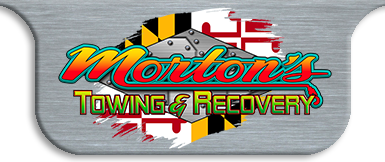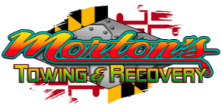When it comes to heavy-duty towing and recovery operations, few machines are as impressive and essential as rotator trucks. These engineering marvels are designed to tackle the most challenging towing scenarios, from overturned semi-trailers to vehicles stuck in precarious positions. The science behind rotator trucks is a fascinating blend of advanced engineering, physics, and hydraulics, all working together to handle heavy-duty towing with precision and efficiency.
1. Advanced Engineering and Design
Rotator trucks are a specialized type of tow truck equipped with a rotating boom. Unlike traditional tow trucks, which can only lift and pull vehicles in a straight line, rotator trucks can rotate their boom 360 degrees. This versatility allows them to operate in confined spaces and approach recovery from multiple angles. The design of rotator trucks includes a reinforced chassis and a powerful hydraulic system capable of lifting and maneuvering heavy loads with ease.
2. The Power of Hydraulics
At the heart of a rotator truck’s capabilities is its hydraulic system. Hydraulics utilize pressurized fluid to generate immense lifting power. When the hydraulic pump activates, it pushes fluid into the hydraulic cylinders, causing them to extend. This extension lifts the boom and any attached load. The precision control provided by hydraulics allows operators to make minute adjustments, ensuring safe and accurate recovery operations even in complex scenarios.
3. Rotating Boom Mechanics
The rotating boom is the defining feature of a rotator truck. Mounted on a robust turntable, the boom can swivel 360 degrees, providing unmatched flexibility. This rotation is powered by a hydraulic motor connected to the turntable. By distributing weight evenly and allowing for rotation, the boom can handle heavy loads without compromising stability. This capability is crucial when recovering vehicles from difficult positions or when multiple vehicles are involved in an accident.
4. Stabilization and Safety Features
Safety is paramount in heavy-duty towing operations. Rotator trucks are equipped with a range of stabilization features, such as outriggers and counterweights. Outriggers extend from the sides of the truck to provide additional stability, preventing tipping during lifting operations. Some rotator trucks also have computer-controlled stabilization systems that automatically adjust the position of the outriggers and counterweights based on the load and terrain.
5. Precision Control Systems
Modern rotator trucks come with advanced control systems that enhance precision and ease of operation. These systems often include remote controls, allowing operators to maneuver the boom from a safe distance. Additionally, integrated sensors and cameras provide real-time feedback, enabling operators to make informed decisions and execute recovery operations with pinpoint accuracy.
Applications and Benefits
Rotator trucks are invaluable in a variety of heavy-duty towing scenarios. They can upright overturned trucks, recover vehicles from ditches, and clear accident scenes efficiently. Their ability to operate in tight spaces and handle complex recoveries reduces the time and manpower needed for towing operations. This efficiency not only saves costs but also minimizes traffic disruptions and enhances road safety.
Heavy Duty Towing in Maryland
By combining advanced hydraulics, rotating booms, and sophisticated control systems, these trucks are capable of handling the most demanding towing tasks with precision and safety. The professionals at Morton’s Towing & Recovery have the experience and equipment you need for heavy duty towing. Our fleet of three 50-ton rotators are versatile machines capable of a wide variety of applications. Contact Morton’s Towing & Recovery for assistance now!


